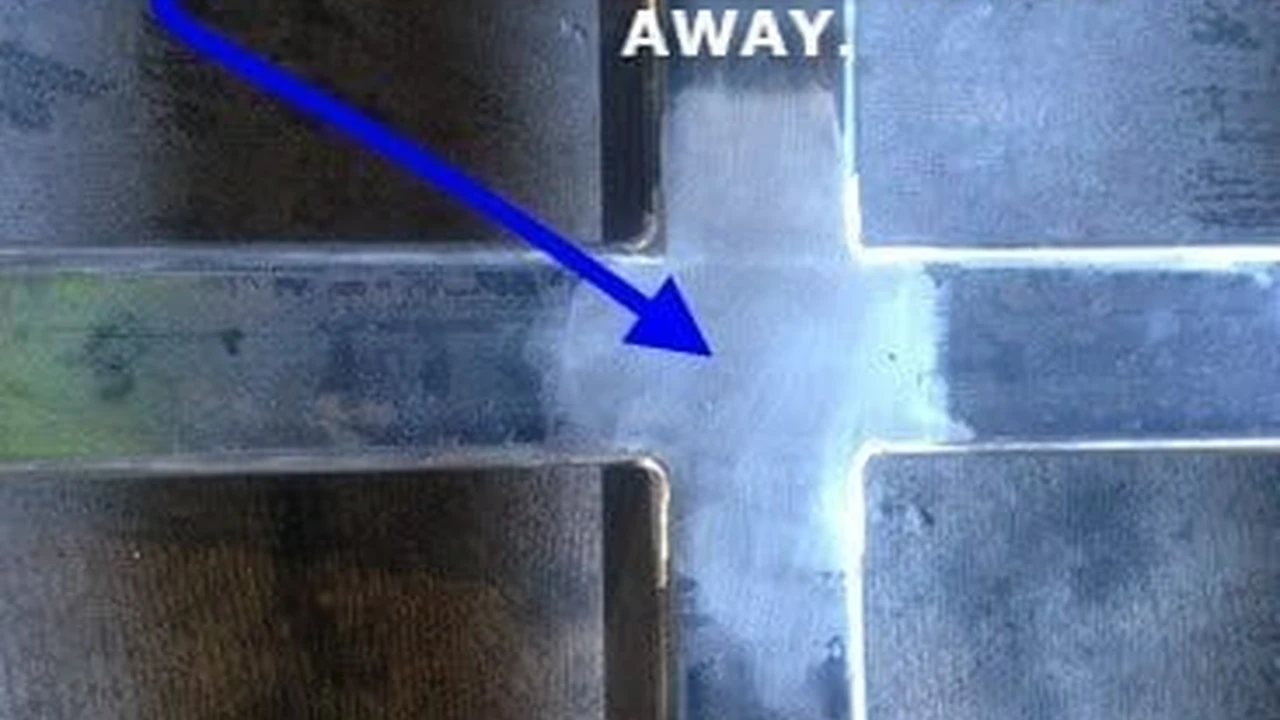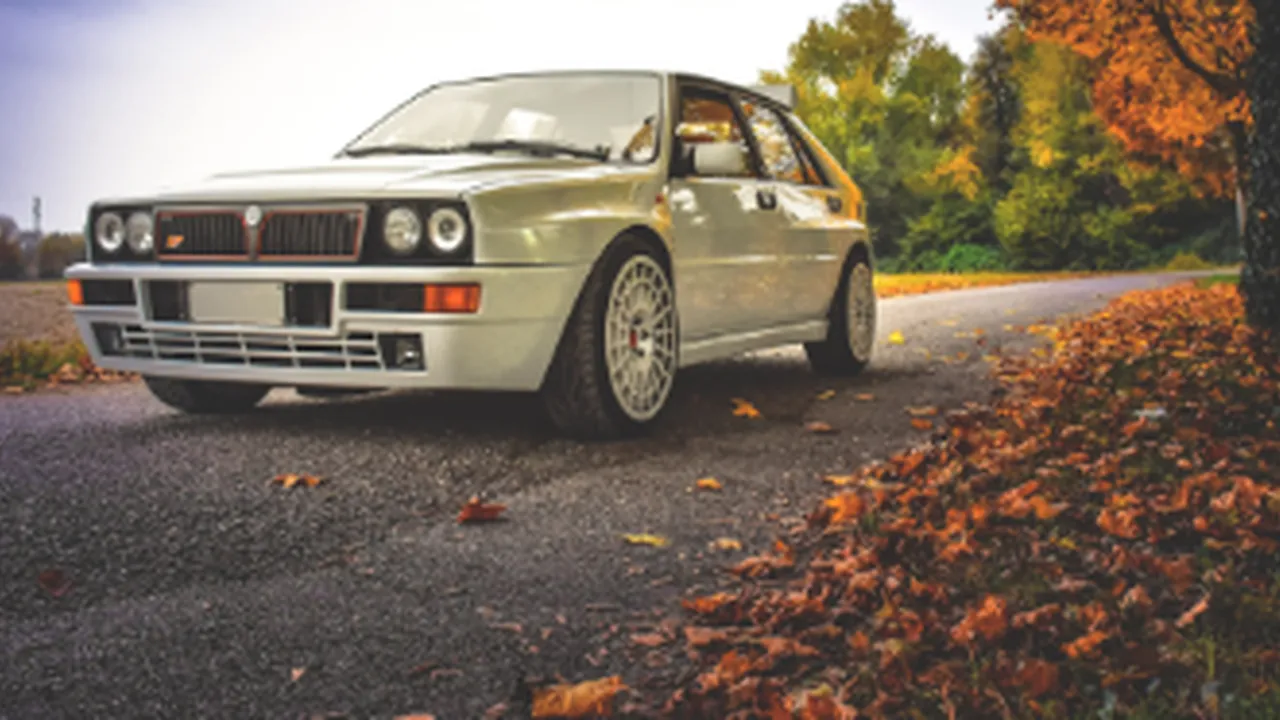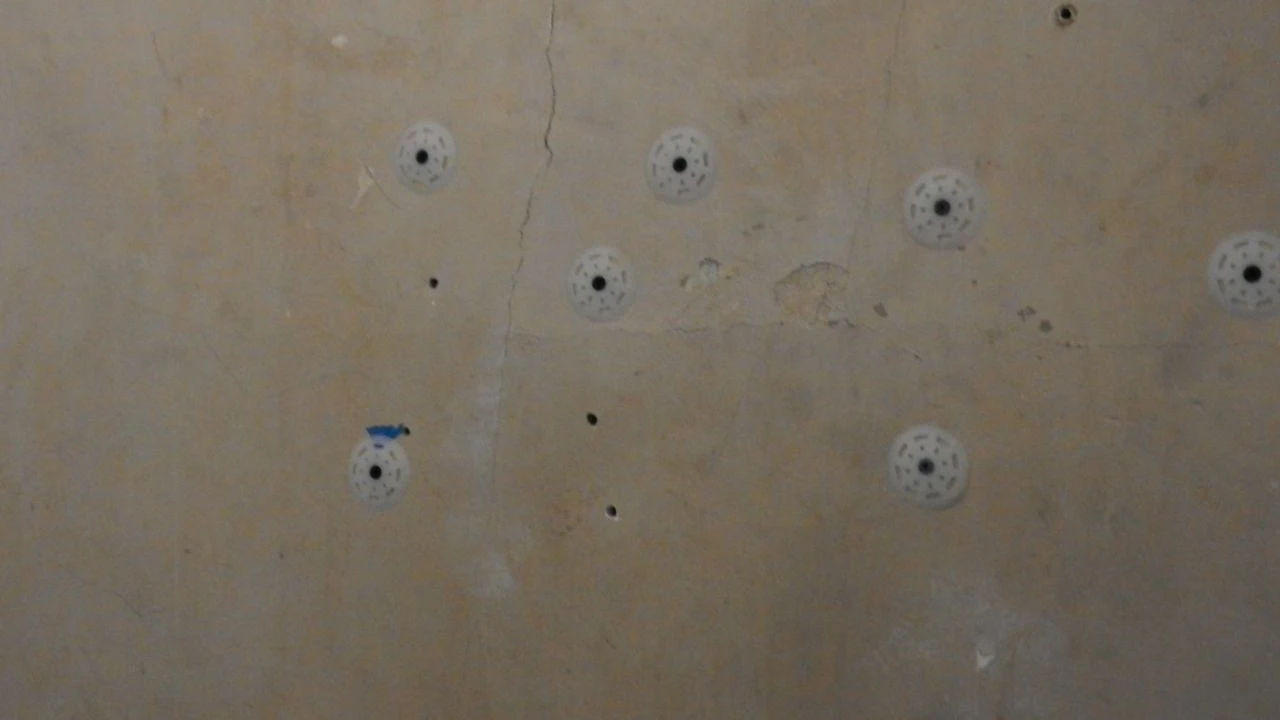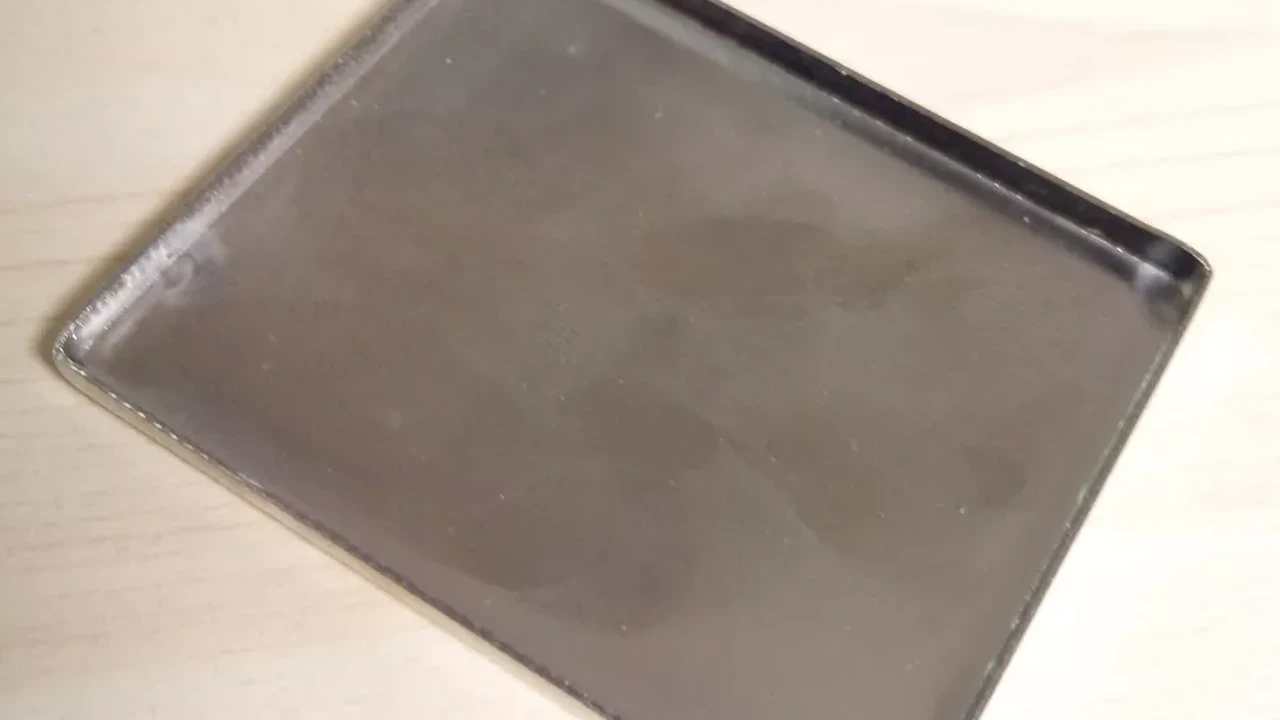Color Matching: Restoring Your Car's Original Hue
Learn how to accurately color match your classic car's original paint. Understand the importance of using the correct paint codes and techniques. Preserve the authenticity of your vehicle.

Understanding the Importance of Accurate Color Matching for Classic Car Restoration
Alright, so you're diving into restoring your classic beauty, huh? Awesome! But listen, one of the biggest things you absolutely *cannot* mess up is the color. It's not just about making it shiny; it's about preserving its history, its authenticity. Imagine putting all that work into bodywork and then slapping on a shade of red that's just...wrong. Heartbreaking, right? That’s why accurate color matching is paramount.
Think of it like this: the color is part of the car's identity. It tells a story. A perfectly matched color shows respect for the original design and craftsmanship. Plus, when it comes to resale value, having the correct, original hue can make a HUGE difference. Collectors and enthusiasts are sticklers for these details.
The Challenges of Classic Car Paint Color Matching
Now, here's the kicker: color matching isn't as simple as grabbing a can of "red" off the shelf. Classic car paint fades, oxidizes, and generally changes over time. The original paint code might still exist, but the actual color on the car is likely quite different. You're dealing with years of environmental factors, previous repairs, and maybe even some amateur touch-ups. This means you need to account for these variations and find a way to recreate the original color as closely as possible.
Another challenge? Original paint formulations might not even be available anymore. Some of the ingredients used back in the day are now restricted or just plain obsolete. So, you might need to find modern alternatives that can replicate the color and finish without sacrificing durability or authenticity.
Decoding Paint Codes and Identifying Original Colors for Classic Cars
Okay, let's talk about paint codes. This is your first step in the color-matching process. The paint code is a series of numbers and letters that identifies the specific color used on your car when it was originally manufactured. It's like a secret key to unlocking the past. Where do you find this code, you ask?
- Original Vehicle Documentation: Start with your car's original paperwork. This could include the owner's manual, build sheet, or any other documentation that came with the car when it was new. The paint code is often listed on these documents.
- Vehicle Identification Plate: Look for a metal plate or sticker attached to the car's body. This is usually located in the engine compartment, door jamb, or under the hood. The paint code is often stamped or printed on this plate.
- Online Resources and Forums: If you can't find the paint code on the car itself, try searching online resources and forums dedicated to your specific make and model. Other enthusiasts may have information about paint codes and their corresponding colors.
Once you find the code, you'll need to decipher it. Paint codes can vary depending on the manufacturer and year, so you'll need to consult a paint code chart or database to determine the exact color. Many online resources and paint suppliers offer these charts for free.
Tools and Techniques for Precise Classic Car Paint Color Matching
Alright, so you've got the paint code, but remember what we said earlier? The color has likely changed over time. That’s where these tools and techniques come in handy:
- Spectrophotometer: This is a fancy piece of equipment that measures the exact color of a paint sample. You can use it to scan an area of the car's original paint (preferably an area that's been protected from the elements) and get a precise color reading. Most professional paint suppliers have spectrophotometers and can use them to create a custom paint mix for you.
- Color Swatches: Many paint suppliers offer color swatches that you can compare to your car's paint. This is a more manual approach, but it can still be effective, especially if you have a good eye for color. Just be sure to compare the swatches in natural light.
- Spray-Out Cards: Once you have a paint mix, it's a good idea to create a spray-out card. This involves spraying a small amount of paint onto a piece of cardboard or metal and letting it dry. This allows you to see the color in its final form and compare it to the car's paint.
- Blending Techniques: Even with the best color matching, there might still be a slight difference between the new paint and the old paint. That's where blending techniques come in. This involves gradually fading the new paint into the old paint to create a seamless transition.
Product Recommendations for Classic Car Paint Color Matching
Let's get into some specific products that can help you achieve a perfect color match:
- PPG Delfleet Essential: This is a popular choice for classic car restoration because it offers excellent color matching capabilities and durability. It's a two-component system that provides a long-lasting finish.
- Usage Scenario: Ideal for full car repaints or larger panel repairs.
- Comparison: Compared to other brands, PPG Delfleet Essential is known for its ease of application and excellent gloss retention.
- Price: Approximately $200-$300 per gallon.
- Glasurit Classic Car Colors: Glasurit is a premium brand that specializes in classic car paints. They have a vast library of original color formulations and offer custom color matching services.
- Usage Scenario: Best for high-end restorations where accuracy and authenticity are paramount.
- Comparison: Glasurit is considered one of the best in terms of color accuracy and finish quality, but it's also one of the most expensive options.
- Price: Approximately $400-$500 per gallon.
- SEM Color Coat: This is a flexible coating that's designed for interior plastics and vinyl. It's perfect for restoring dashboards, door panels, and other interior components.
- Usage Scenario: Perfect for restoring interior components.
- Comparison: Offers a wide range of colors that can be matched to original interior colors. It's also very durable and resistant to fading.
- Price: Approximately $20-$30 per aerosol can.
- TCP Global Custom Shop Urethane Automotive Paint: A more affordable option that still offers good color matching capabilities. It's a versatile paint that can be used for a variety of applications.
- Usage Scenario: Suitable for DIYers and smaller restoration projects.
- Comparison: TCP Global offers a good balance of price and performance. It's not as high-end as Glasurit, but it's still a solid choice.
- Price: Approximately $100-$150 per gallon.
Step-by-Step Guide to Color Matching Classic Car Paint
Let's break down the process into easy-to-follow steps:
- Identify the Paint Code: Find the original paint code using the methods described above.
- Clean the Area: Thoroughly clean the area of the car where you'll be taking a color sample. Remove any dirt, grease, or wax.
- Take a Color Sample: Use a spectrophotometer or color swatches to take a color sample. If using a spectrophotometer, follow the manufacturer's instructions. If using color swatches, compare them to the car's paint in natural light.
- Get a Custom Paint Mix: Take your color sample to a paint supplier and have them create a custom paint mix. Be sure to tell them that you're restoring a classic car and that you need the color to be as accurate as possible.
- Create a Spray-Out Card: Spray a small amount of paint onto a spray-out card and let it dry.
- Compare the Spray-Out Card: Compare the spray-out card to the car's paint in natural light. If the color doesn't match, make adjustments to the paint mix as needed.
- Apply the Paint: Once you're satisfied with the color match, apply the paint to the car using proper painting techniques.
- Blend the Paint: If necessary, blend the new paint into the old paint to create a seamless transition.
- Clear Coat (Optional): Apply a clear coat to protect the paint and enhance its gloss.
- Buff and Polish: Buff and polish the paint to remove any imperfections and create a show-quality finish.
Tips for Achieving a Flawless Classic Car Paint Finish
Here are some extra tips to help you get the best possible results:
- Work in a Clean Environment: Dust and other contaminants can ruin a paint job. Work in a clean, well-ventilated area.
- Use Quality Materials: Don't skimp on paint, primer, and clear coat. Use high-quality materials for the best results.
- Practice Your Painting Techniques: Practice your painting techniques on a scrap piece of metal before painting the car.
- Take Your Time: Don't rush the painting process. Take your time and pay attention to detail.
- Sand Properly: Proper sanding is essential for a smooth, even finish. Use the correct grit sandpaper and sand in the correct direction.
- Apply Thin Coats: Apply several thin coats of paint rather than one thick coat. This will help prevent runs and sags.
- Allow the Paint to Dry Properly: Allow the paint to dry completely before applying the next coat or clear coat.
- Use a Tack Cloth: Use a tack cloth to remove any dust or lint from the surface before painting.
- Clean Your Spray Gun: Clean your spray gun thoroughly after each use.
Maintaining Your Classic Cars Paint for Long Term Preservation
Once you've achieved that perfect color match and a flawless finish, you want to keep it that way, right? Here's how:
- Wash Regularly: Wash your car regularly with a mild soap and water. Avoid using harsh chemicals or abrasive cleaners.
- Wax or Sealant: Apply a coat of wax or sealant to protect the paint from the elements.
- Cover Your Car: If you're storing your car for an extended period of time, cover it with a breathable car cover.
- Avoid Direct Sunlight: Park your car in the shade whenever possible to avoid fading.
- Address Scratches and Chips: Address any scratches or chips promptly to prevent rust.
:max_bytes(150000):strip_icc()/277019-baked-pork-chops-with-cream-of-mushroom-soup-DDMFS-beauty-4x3-BG-7505-5762b731cf30447d9cbbbbbf387beafa.jpg)






